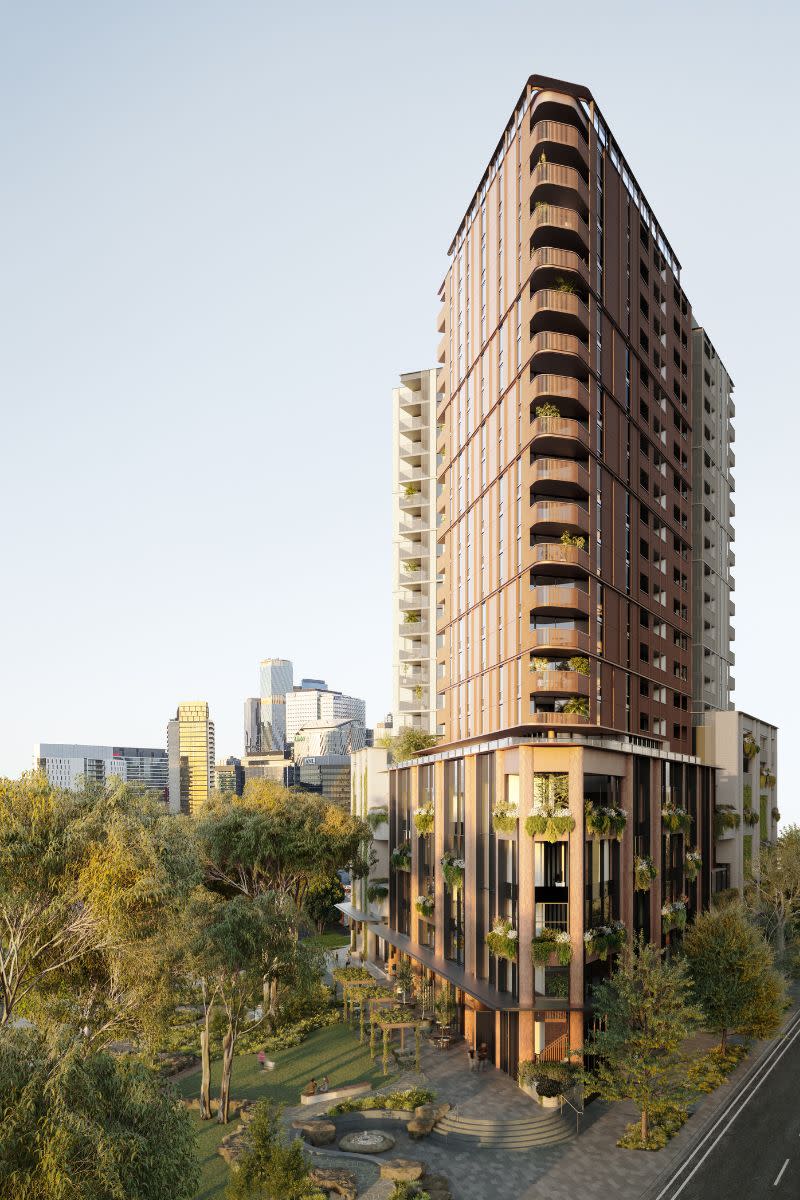Gamuda Digs Deep to Go Greener for Melbourne Tower

Malaysian development group Gamuda Land will start construction this month on a $180-million residential tower at Port Melbourne but perhaps the most interesting part of the 20-storey development is not what’s above ground, but what’s below.
Gamuda has named Crema Constructions for the build at the Fishermans Bend precinct and between them they will develop a system to bury ground-source heat-pump technology within the building’s 30m-deep foundation piles.
The plan is to store and then pull thermal energy from underground to power the building, providing sustainable energy solutions while cutting residents’ power bills.
Also known as geothermal heat-pump technology, the process transfers heat to or from the ground, taking advantage of the relative constancy of temperatures of the earth throughout different seasons.
But traditionally the technology requires vertical bore holes to be drilled—up to 100m deep to be effective—which makes the process expensive to install.
Gamuda Land Australia general manager Jarrod Tai said the conditions of development sites in Fishermans Bend meant most buildings in the area needed pile foundation of 30 to 40 metres.

“So instead of doing a stand-alone vertical heat exchanger we’ll use those piles which are already going significantly deep,” he said. “And we’ve adapted them with the ground-source heat pump, closed-loop system in each of the piles, and those then become our vertical heat exchangers.”
Gamuda and Crema are working with Sydney-based Geo Exchange Australia to develop the system. Although they have installed systems in Australia at small institutions, and education and sports facilities, it is believed to be the first time the technology will be used in a multi-residential building.
“We’ve done the calculations with Geo Exchange, Hip V. Hype and our services engineer and because we have so many piles, even though we’re not going as deep as a traditional vertical heat exchanger, we will still get a sufficient amount of energy out of the system.”
Ground-source heat pumps are among the most energy-efficient technologies for providing airconditioning and water heating and use far less energy than traditional methods.
This year, Gamuda appointed Mann Group to demolish the structures on the 2600sq m site. That work is now complete.
Gamuda picked up the site—for about 70 years the home of Dunlop Rubber—in 2022, paying $24 million.
To be known as The Canopy on Normanby, the development will include a mix of one, two and three-bedroom apartments, a rooftop garden, wellness studio and an atrium retail area for 14 specialty retailers.

It’s the second time Gamuda and Crema have collaborated, earlier delivering the developer’s inaugural Melbourne project at 661 Chapel Street.
“Crema has been based in the Fishermans Bend precinct since the 1980s so to be able to play a hand in its evolution from an industrial area to a premium place to live and work is incredibly satisfying for both the business and the family,” Crema managing director Louis Crema said.
Gamuda’s construction start comes at a time when landowners in the Fishermans Bend precinct are delaying projects on the peninsula as they grapple with poor public transport infrastructure and strict planning controls limiting carparking capacity.
The 480ha precinct is planned to eventually house 80,000 residents, including 20,000 students and create 80,000 jobs.














